Why Are Disney World Resorts Sold Out in 2024?
Walt Disney World hotel availability is limited for certain dates in 2024, prompting reader questions and concerns about crowds. This post addresses what’s going on with the sold out resorts, despite the increase in discounting and exhaustion of pent-up demand, and commentary about potential reasons for this.
If this sounds like deja vu all over again, it should. We’ve covered this exact same topic two years ago during the heart of Walt Disney World’s 50th Anniversary celebration. Back then, “revenge travel” was all the rage, not every resort had reopened, and even the ones that were operational had all of their buildings open due to staffing shortages.
A lot has changed since then. Revenge travel has mostly flamed out, and Walt Disney World actually has seen year-over-year decreases in both attendance and hotel occupancy. (This is not merely speculation–that link goes to an earnings call where Disney executives themselves stated this.)
Equally as significant, the Port Orleans and All Star Resorts reopened, as did Animal Kingdom Lodge. And although there are still nagging staffing shortages, those have been largely addressed. Regular housekeeping is back, with buildings and rooms all back online.
The end result is that supply is no longer constrained in any meaningful way, and demand is not artificially heighted due to people making up for lost time. Given that there are now more available rooms in the inventory and fewer people competing for said accommodations…what gives? Why are resorts still selling out at Walt Disney World?
Honestly, I don’t think this is some huge problem. The only reason I’m addressing this at all is because it has become a common reader question in the last few months, usually pertaining more to crowd levels than difficulty in scoring a resort reservation. Meaning planners who have already booked accommodations continue checking for availability because they’re using that as a signal for attendance or crowds. (We’ll circle back to this angle in a bit.)
A lot of longtime Walt Disney World fans aren’t used to resorts selling out because, historically, that didn’t happen a ton in 2019 or earlier. (This only pertains to the hotels and not Disney Vacation Club. By its very nature, DVC is designed to operate at close to 100% occupancy. For a variety of reasons beyond the scope of this post, certain DVC resorts have fully booked up months in advance for a long time–and that’s only worsened since Aulani and the Poly bungalows.)
To be sure, some hotels did sell out as did certain dates. Despite astronomical rates, the week between Christmas and New Year’s Eve has always been a popular time, and reservations could be competitive for some resorts or room categories. If you go way back, we’ve heard tales of fans booking New Year’s Eve 1999 as far in advance as possible out of fears about Y2K, and thinking that if anywhere would be ‘safe,’ it’d be Disney. It probably would’ve been a similar story for the actual day of Walt Disney World’s 50th Anniversary had that been during a normal time.
Setting aside those extremes, the bottom line is that the resorts did not operate anywhere near 100% occupancy pre-closure. The vast majority of the time, there were ample accommodations options available–and not just pricey suites or multi-bedroom villas. You may not be able to score the resorts at a discount (Free Dining did book up, even during off-season travel dates when the parks weren’t busy), but there was almost always something to book.
Even though pent-up demand has largely exhausted itself now, Walt Disney World is still operating from a higher baseline. Some fans have (mis)interpreted these year-over-year declines as meaning that the parks are dead or doing poorly. That isn’t even remotely the case–they’re just down (slightly!) from the record-setting numbers of 2022.
In other words, Walt Disney World overperformed in 2022, and now it’s underperforming relative to those record numbers as pent-up demand dies down…but it’s still overperforming relative to 2019 or earlier! CEO Bob Iger also has addressed this in the same earnings calls when discussing lower attendance and occupancy, pointing out that “Walt Disney World is still performing well above pre-COVID levels: 21% higher in revenue and 29% higher in operating income compared to FY2019.”
This isn’t just a Walt Disney World phenomenon. Tourist development tax collections for Orange County, Florida fell year-over-year throughout 2023, with November (the most recent month for which there’s data) marking the seventh decrease in revenue in the last eight months, according to the county comptroller. (Tourist development taxes are collected via a 6% tax on hotel bookings.)
Between April and November 2023, every month saw a decrease in tourist tax collections compared to 2022 except September, which was only up by 0.8%. Orlando hotel occupancy was also down compared to 2022, at 69.8%, a drop of over 10% year-over-year. The average daily rate for hotels was $180.44, down 4.2% year-over-year.
However, the Orange County comptroller also indicated that 2022 was an “extraordinary” year for Central Florida tourism after the pandemic, and that after that record-setting year, it was not surprising that there would be a decline in Orange County tourism. Like Walt Disney World, the county as a whole is still up considerably as compared to 2019 and earlier.
Moreover, Visit Orlando has reported that hotel bookings for 2024 are already outpacing last year by over 5%, and advance airline ticket sales into Orlando were also up in the first quarter of 2024 by roughly 10%. Higher wait times and our anecdotal perceptions of ‘feels like’ crowds thus far in 2024 at Walt Disney World suggest that this trend is playing out at the parks, too. (See Winter (Still) Is Not Off-Season at Walt Disney World.)
This is itself noteworthy, as we had been anticipating a further exhaustion of pent-up demand over the course of 2024. What if, instead, this year marks a rebound? That 2023 was the ‘off’ year for families that visit semi-frequently, and they’re returning to Central Florida in 2024. Sort of like the accordion effect in traffic, but for pent-up demand. That coupled with diminishing fears of a recession and improving consumer confidence, could result in a bounce-back year for travel to the Orlando area.
For its part, Walt Disney World could be doing what’s necessary to incentivize fans to return, pulling the correct “levers,” etc. We suspect this is the case with resort discounts, which have gotten more aggressive in the last year-plus. Walt Disney World went from offering almost no general public promos in 2022 to having its full slate of 2019 offers available again (e.g. Free Dining, bouncebacks, PIN codes), some with the best savings since 2018.
While we expected deals like Free Dining to return for the late summer and early fall off-season, we were honestly a bit surprised by how aggressive Walt Disney World was at discounting popular travel times–like Spring Break and Easter. In an effort to avoid a further drop in occupancy, it’s possible Disney got too “generous” with its special offers, beyond what what was necessary to hit booking targets.
There’s also the reality that a lot is happening in Central Florida and at Walt Disney World in particular. The Pro Bowl is coming up. Conventions are slowly-but-surely returning. RunDisney has hit the ground running with its return. There are several events at the ESPN Wide World of Sports on long weekends throughout the winter and spring months, and it wouldn’t surprise us in the least if these are all bigger than last year.
These events can have a major impact on resort room availability, as there are tons of attendees and they take up huge blocks of specific hotels. That, in turn, reduces inventory there and pushes other people to different hotels. Real world events like the NFL Pro Bowl and WWE Monday Night RAW have a similarly indirect impact. Attendees book up hotels around Orlando and flights into the city, but seldom visit the theme parks.
Suffice to say, there’s a ripple effect felt throughout hotels in the region, including WDW. This is true even when it comes to events that aren’t occurring at Walt Disney World and will have minimal impact on crowd levels.
To that point, on-site hotels selling out completely can cause planners to freak out that the parks are going to be chaotic and crowded. Which can be true…sometimes. But there are a couple of things to keep in mind.
The first is that the majority of guests in the parks at any given moment come from off-site. This includes those staying in third party hotels around Orlando, but it also includes the growing population in Central Florida and beyond within driving distance. Locals might simply come out for the day when the weather is nice, because there’s a ticket deal, or to enjoy the current flavor of EPCOT’s festival.
Moreover, just because someone is occupying a room at Walt Disney World does not mean they are contributing to crowds. I can’t tell you how many times I’ve stayed at Coronado Springs when the resort has been absolutely slammed, but the buses to the parks have been downright dead. Other times, the resort hasn’t seemed that busy, but the buses have been packed.
The discrepancy is convention-goers, who overwhelm portions of the resort infrastructure (and by infrastructure, I mean bars and hot tubs) but typically do not attend the parks in the same number as regular ole tourists. So the resort could be at ~95% occupancy due to a convention, and it could feel that way in the common areas…but not on the buses. By contrast, the resort could be at ~65% occupancy without a convention, but feel far worse on the buses. It’s all about demographics and the guest mix.
It’s a similar story with youth groups participating in sporting events at the ESPN Wide World of Sports. To be sure, some of these youth events can increase overall crowd levels in the parks. The bigger ones especially can have a material impact on the parks, especially if you visit the same park as their entire (or large portions of) their group attends.
Anecdotally, I would say it’s much more common to see groups of cheerleaders or dancers in the parks than it is a herd of white collar convention-goers sporting lanyards and Patagonia vests. But it’s also true that the youth groups are primarily there for the sporting events, and the park days are optional icing on the cake.
To some extent, it’s even possible that convention-goers and youth groups are occupying rooms and ‘blocking out’ guests who would otherwise visit the parks. While we can quibble over the extent to which this does or does not occur, or this group or that contributes (or doesn’t) to crowds, the bottom line is that hotel availability (or lack thereof) is not necessarily a good predictor of crowd levels. There are too many moving parts and added variables.
Ultimately, that should help explain what’s going on with unavailable rooms at Walt Disney World…at least to some degree. More than anything else, I think this is simply the “new normal.” There’s a higher baseline level of demand as compared to 2019 and earlier, Walt Disney World is pulling more “levers” to keep occupancy as close as possible to that record-setting 2022, and there’s probably still “localized” pent-up demand for certain types of travel–conventions, youth groups, international guests, etc.
Again, I don’t think this is anything to be concerned about. I do think it’s a fascinating subject, and also suspect that it’ll be a trend that lasts until the next recession or economic downturn. Even if it’s no longer considered revenge travel, it’s probably fair to say that people have reevaluated their priorities and will continue to place more of an emphasis on in-person experiences and travel for the foreseeable future. That means resort occupancy will remain high in Central Florida, even as tons of new hotels continue being built. Whether that’s sustainable indefinitely is another topic for another day, but it is for now.
If you’re looking for key takeaways, the first would be that–as discussed above–hotels being sold out does not necessarily mean heavy crowds. It’s certainly a signal that could be the case, but it’s hardly conclusive. Second, longtime Walt Disney World fans who used to do last-minute long weekend trips on a whim should start trying to plan earlier. I’ve mentioned a few times that I’ve stayed at Coronado Springs and All Star Sports more than any other hotels in the last two years. That has not been because those are my two favorite resorts at Walt Disney World. Learn from my mistakes and give yourself a bit more lead time.
Planning a Walt Disney World trip? Learn about hotels on our Walt Disney World Hotels Reviews page. For where to eat, read our Walt Disney World Restaurant Reviews. To save money on tickets or determine which type to buy, read our Tips for Saving Money on Walt Disney World Tickets post. Our What to Pack for Disney Trips post takes a unique look at clever items to take. For what to do and when to do it, our Walt Disney World Ride Guides will help. For comprehensive advice, the best place to start is our Walt Disney World Trip Planning Guide for everything you need to know!
YOUR THOUGHTS
Have you encountered lots of sold out resorts at Walt Disney World during a time you didn’t expect to be busy in 2024? Thoughts on hotel inventory does or does not impact crowd levels in the parks? What do you think is driving the availability issue at Walt Disney World? Do you think pent-up demand is an ongoing issue, with people (still) making up for lost time traveling and not caring how much they’re paying? Do you agree or disagree with our commentary? Any questions we can help you answer? Hearing your feedback–even when you disagree with us–is both interesting to us and helpful to other readers, so please share your thoughts below in the comments!
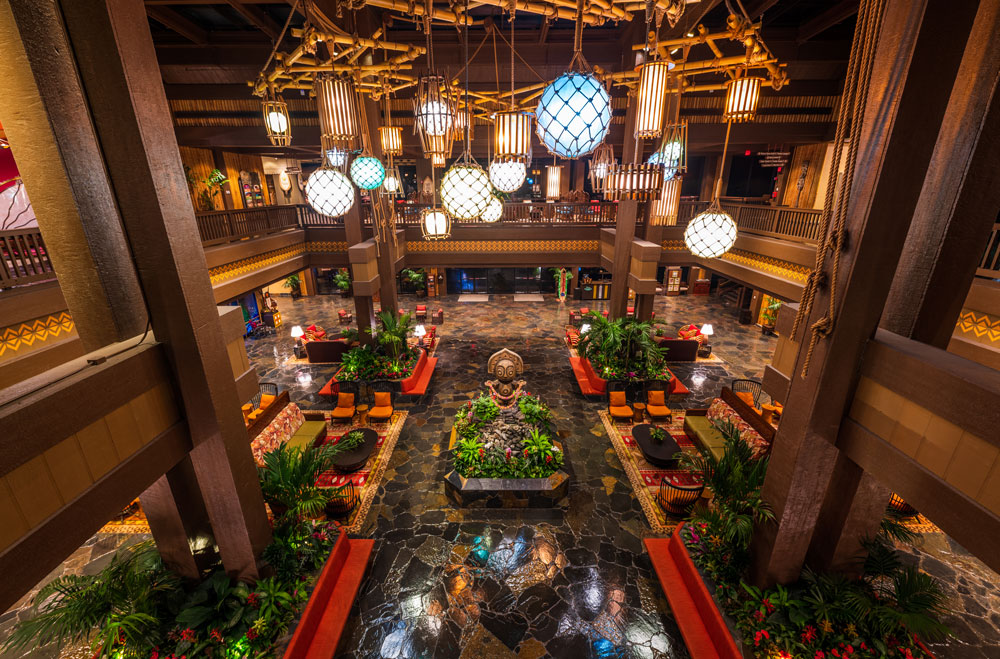

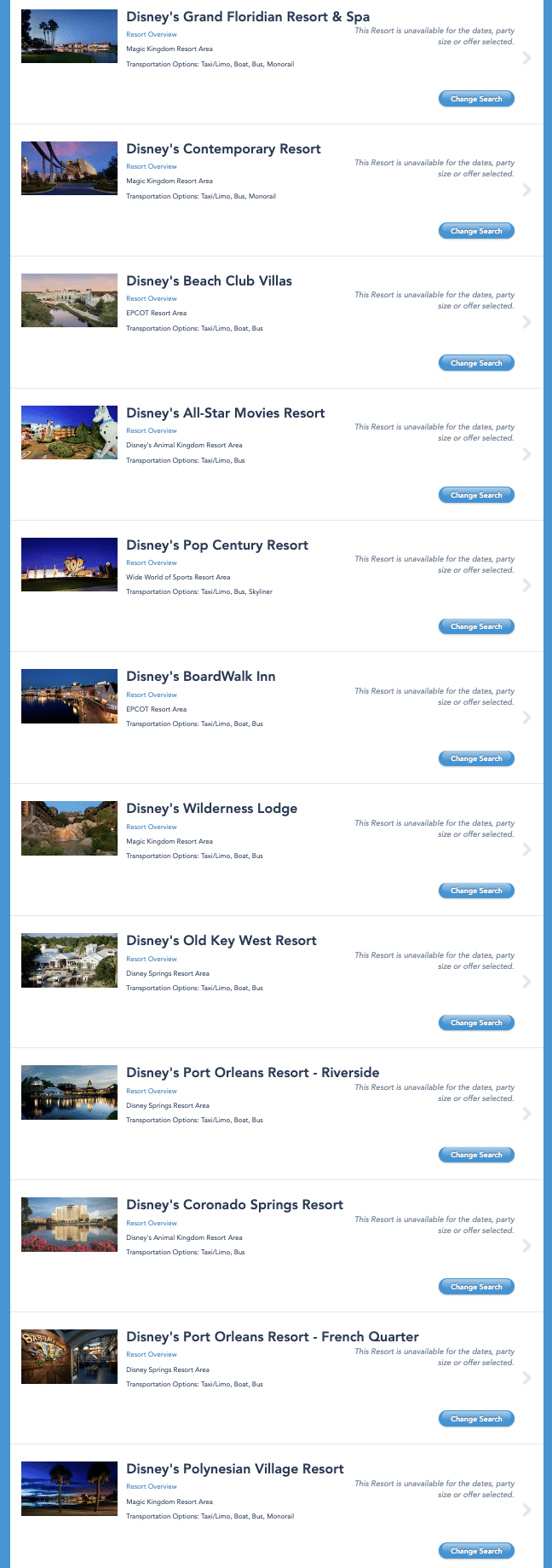
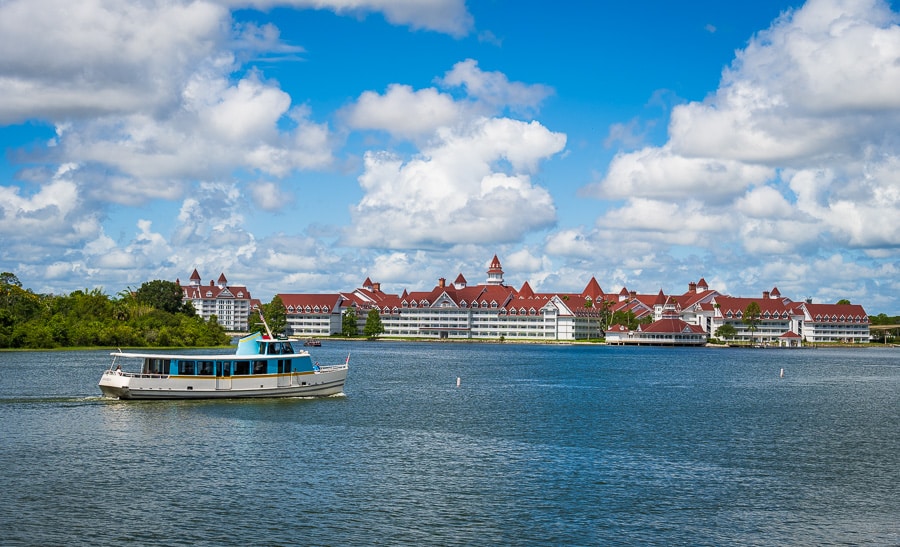
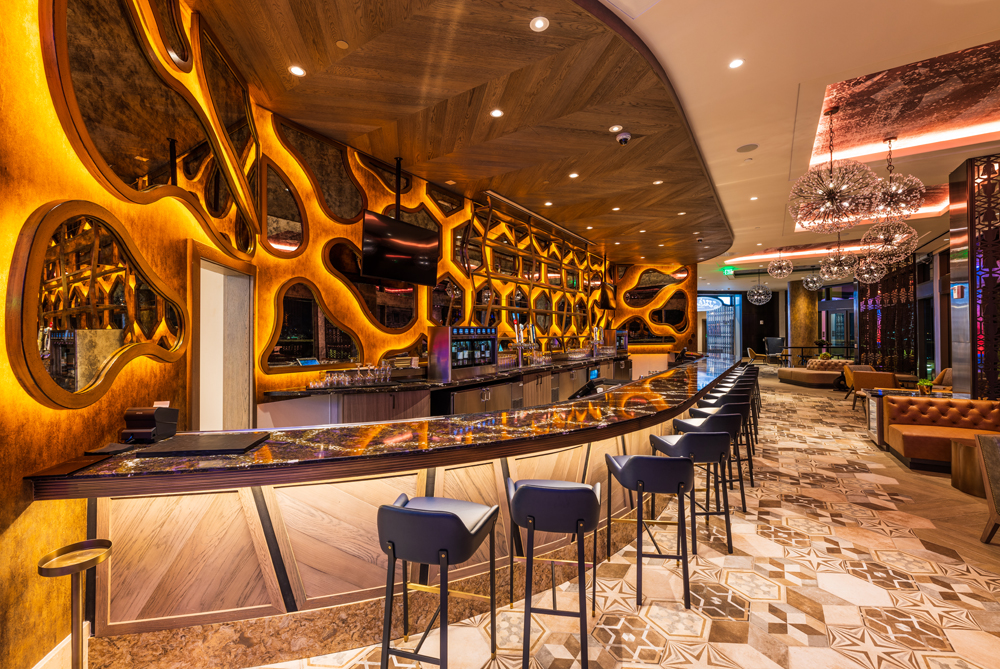



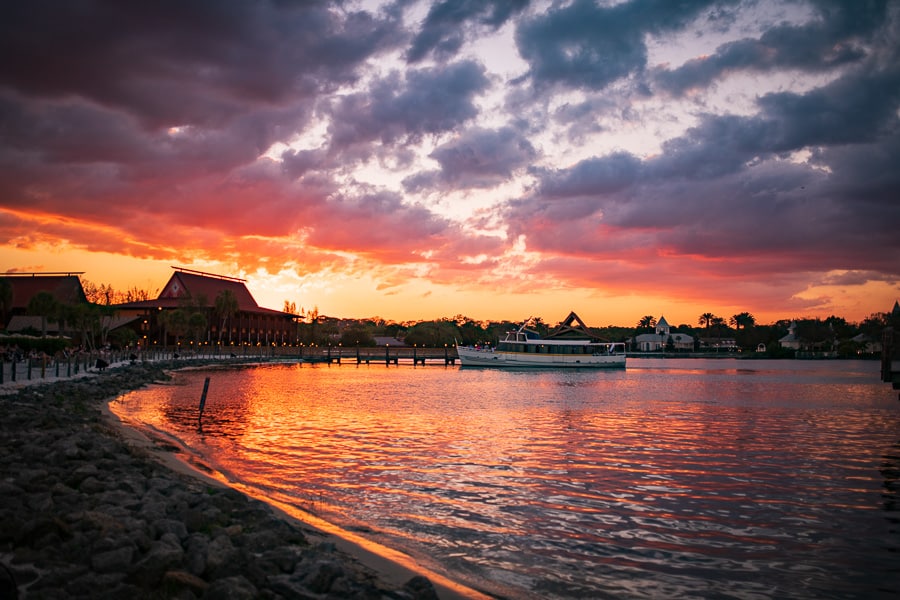
Do you think there is a way to gauge if your booking will offer a discount down the road if the resort/standard view rooms are sold out currently? If no discount has been offered yet for your dates? There are other room categories available, but the most affordable ones are sold out, we have a booking on one that is still available. It’s also confusing when disney runs a special, sells out that category of a room yet you can pay full price on that room still. I used to think once a promotion was released you could just call in and get the discount.
So 1 not all rooms qualify for the discounts so be careful there. we book our rooms at full rate and don’t pay in full until 2 and 1/2 months of the vacation because when the discounts do come out you can apply them by either using the modify reservation button online or calling to apply them but watch everyday as there is always discounts dropping. fyi if you chose the free dining plan with your package you will not get the room discounts we stay at the deluxe resorts so usually the 35 % off chase visa is way better then the meal plans fyi
Another thought – I’m sure this is a very small drop in the bucket all things considered, but I wonder if there are at least some annual-ish Disney visitors who are excited about Epic Universe, and planning to do that in 2025 (and so are doing Disney this year instead). Anecdotally I know at least a few people who typically go to Disney every year, or every other year, and are already talking about Universal for 2025.
I just experienced this last week. literally all rooms sold out and I checked every day to see what was available and called a couple of times. I had booked All Star Sports several months back and got a fantastic deal so I was hoping to upgrade to a different resort after changing my mind. I looked everywhere to find out what was going on and a cast member mentioned althletes. Parks ended up being super busy the majority of the week although the buses weren’t always that way. I found no trace of athlete groups however what I did find were a significant number of large international tour groups and travel groups like large families. I go in January almost every year but this year by farwas the busiest January that rivaled some of the busy season days I’ve been.
hi There we also were there at Wilderness lodge from January 11th to the 21st it was packed more than we have ever seen in January. there were alot of groups from other countries filling the parks everyday we could not believe how many. I overheard soccer groups and cheerleader groups from other patrons. also we went to Universal for a day and same thing there. we went to Disney Springs for shopping and dinner at STK and it was Elbow to Elbow so much for January being a secret slow month.
Off topic, but it was nice to see Disney Tourist Blog cited in The Washington Post today, in an article about the complexity of Disney vacations. (I won’t include the link, since not sure if that’s kosher.) DTB is cited on Genie+ pricing information. Disney Tourist Blog is an incredible resource – in case anyone needed to be reminded!
Overall, the article is one of the most negative I have seen lately about Disney vacations. Yikes.
Please, feel free to link to the article–I have not seen it!
https://www.washingtonpost.com/travel/2024/01/30/disney-world-planning-genie-plus-webinar/
Don’t forget the marathon trials are also in Orlando this coming weekend. I’ll definitely watch the trials but am very happy I’m not traveling for them.
I’d love to see the numbers on families/guests booking onsite who are not hitting the parks, and see those numbers across the last 5-7 years. It’s an exploding trend I’m seeing on fansites.
A few things likely contributing here.
Ticket price increases are off the charts! Especially when comparing 3-6 day ticket costs to pre-2020 years. Average daily cost over $150/day is not rare. Even 6 day tickets hitting over $100/day BEFORE hopper or genie+. 4-day hopper in April is $700, and a family of 4 adding 2 days of g+ and 2 days of ILL can save way over $3,000 just by removing the parks out of their budget. Hey why not? Get the Disney hospitality, enjoy the awesome resort, eat out at the best resort restaurants, have an excellent trip and put thousands back in your pocket. Semi-retired couple want to get away and hit the bubble? Skipping park tickets cuts the budget in half.
Add in people having positive experiences of ‘resort’ vacations during covid. Add in how big WDW resort is outside the parks. It’s a very safe playground with massive array of experiences to enjoy, from animals at AKL and WL, skyliner and monorail rides, boats galore, awesome variety of pools, resort themes and dining, on and on.
I think it’s starting to catch on that WDW is a wonderful place to visit when you put thousands of dollars back in your bank instead of buying park tickets. Might get more popular after EU opens. Cash and DVC guests stay 4-7 days at WDW and only buy 1 or 2 day EU ticket. Many already have plans to do this.
Disney needs to be careful here. The more tedious and expensive they make the park experience, the more attractive these relaxing yet exciting resorts become, especially considering the cost differential.
Another excellent point and a trend that, anecdotally, I know is happening to some extent. It’s especially common with DVC members who could not purchase APs for a while, and now feel priced out. I’d be curious to know numbers, too!
Our family certainly falls into that category. The resorts are hard to beat when you are looking for a wonderful vacation experience but also have 3 small children to consider. And we love the parks – but there is no way we can afford to do frequent visits with a family of 5. So our compromise has been 5 day resort stays with lots of pool play but no park days.
I completely agree with your analysis, Heather. My husband and I traveled to Disney three times this past year, and we chose to reduce our park time and just enjoy the resorts (AKL, CS, Riverside). We purchased 2-day tickets w/o park hopper and stayed 4-5 nights. We saw so many older adult couples on our recent trip last week that are probably doing the exact same thing. When you take advantage of the hotel deals, limit park days, and drive vs fly, a Disney vacation becomes a great value and it’s still lots of fun!
While likely not a primary driver, there may also be some effect from the reduction of hotel room inventory — Disney has actually been reducing the regular hotel inventory for many years now.
The last new resort was Art of Animation in 2012 — The last new deluxe resort was Animal Kingdom Lodge in 2001.
Since 2012 — Some of the Polynesian buildings were converted to DVC, part of Wilderness Lodge was converted to DVC, part of Caribbean Beach was demolished in order to build Riviera DVC, and Big Pine at Grand Floridian was converted to DVC. In this year, Fort Wilderness cabins are being converted to DVC.
Disney has intentionally increased occupancy rates by cutting back on the inventory that was harder to book. (Poorly kept secret that WDW had trouble booking up Grand Floridian, leading to hugely discounted rooms on priceline).
Overall, WDW has thousands of fewer non-DVC rooms than they had a decade ago.
This is an excellent and underrated point. Even though it was an open secret for a while that Disney was doing this to juice occupancy stats, I wonder how many fans now realize it. (Way off topic, but I also wonder whether Disney regrets doing the conversion at the Polynesian–it seems like that’s the one resort where the hotel side has really flourished, and now they’re doing a standalone tower, anyway.)
With that said, if we rewind to 2017-2019…is room inventory really all that different? You lose some rooms to DVC conversion and demolition, but you’d also gain Gran Destino and the undeclared units at Riviera. Rewind to 2013, though, and you are absolutely correct.
I was really surprised to see such aggressive Spring break discounts. We booked an unplanned trip for Easter week that never would have been possible at full rack rates. It is a resort only trip though, the park tickets have us priced out on cost. They are so expensive for one or two days that there is no value in considering going to the parks. So, a good example from your article in which we are taking up resort capacity, but not parks.
They released those discounts that encompassed Spring Break way ahead of schedule last fall, and I was shocked at the time. My best guess is that someone panicked–that they had just seen two quarters of weak results at Walt Disney World, and extrapolated that 2024 would be even worse. Thus far it has not been, and now it looks like they overshot with the deals.
In fairness, it seemed like a smart move to get out ahead of a potential recession and further slowdown and lock-in bookings at the time (except for Spring Break, IMO, since that’s always a sure thing). Obviously, hindsight is 20/20 with the rest of it. Now that recession fears have subsided and travel bookings are accelerating again, it seems like “too much.”
I’m not so sure it’s indicative of a baseline increase in the level of demand as much as the big discounts that were recently offered.
We’re one of the families that swore we wouldn’t return to Disney World because of the elimination of so many of the on site perks…until we got the notification of price decreases for the summer of 2024. Beach Club was offered at $364 per night, which is an almost unheard of price. So we caved (I admit it!) and booked Beach Club for the first week in September. Yes, the onsite perks are almost gone now but the chance to book a Deluxe resort at this price was just too tempting to pass up. A price cut this deep was the only thing that could persuade us to return – and we did.
That said, we now only return if discounts this large are offered again. Otherwise, the on site perks simply don’t justify the way rates have been raised the past couple of years.
The convention thing is a good point. I am a defense contractor and we’ve had more conventions in Orlando the last year and projected into next year than I can remember. Hotels (including Disney ones) are more than happy to cut rates to bring in the conventions (the one I just went to in mid-Dec, the association got an entire convention hotel right next to Seaworld for literally under per diem for Orlando– amazing). Another military conference last Feb I went to at Shades of Green was sold out. BUT! Most of the attendees I talked to didn’t go to ANY theme parks. For one, there was no “discount” tickets for the theme parks made available that justified spending the money on for convention goers that get off work at 4 or 5pm. The one on Disney property I went to, most attendees were happy just to go to Disney Springs or crash the beach bar at the Poly for drinks and snacks during the fireworks show.
Conventions like Orlando, especially now, because it’s easy to get to with MCO, TPA, and driving distance to the SE CONUS, and there are so many hotels at reasonable price points. A lot of the military conventions I frequent are more than happy to choose Orlando over Vegas, Los Angeles, or Charleston SC.
“A lot of the military conventions I frequent are more than happy to choose Orlando over Vegas, Los Angeles, or Charleston SC.”
I knew someone who worked with VisitIndy back when Indianapolis was building its new convention center and courting the Super Bowl (so this was over a decade ago). Even then, they found it relatively easy to lure companies away from popular West Coast cities by being competitive on cost. Las Vegas and Los Angeles are not cheap, and all of the little extra expenses (parking, resort fees) really add up.
I’d imagine that Indianapolis is not the only second-tier city able to accomplish this, and it probably helps that just about any major city has great restaurants, hotels, and other amenities at this point. They can’t compete head to head against Vegas, LA, or Miami, but they have enough for most conventions. I would imagine that Orlando has found even more success in this regard–it certainly has more selling points than Indy or the average Midwest city.
I think this will be a tough year for USA, as we will struggle to avoid a recession, so I expect a dip in average attendance.
Thanks for this analysis. We’ve been surprised by hotel availability on both sides of the spectrum (i.e., plenty of inventory of Skyliner rooms for May the Fourth weekend but multiple hotel sellouts for a random, non RunDisney winter weekend).